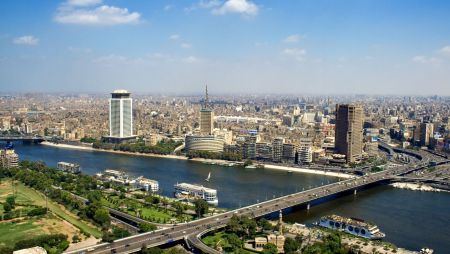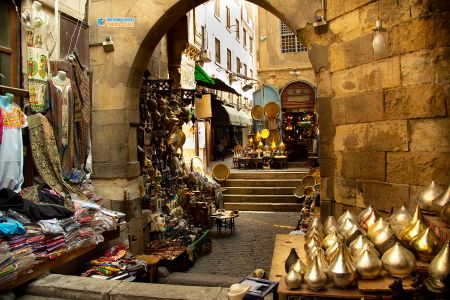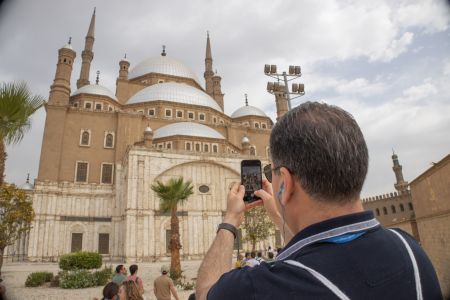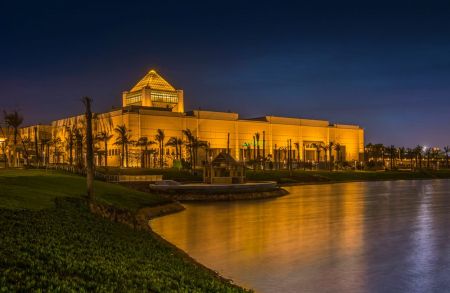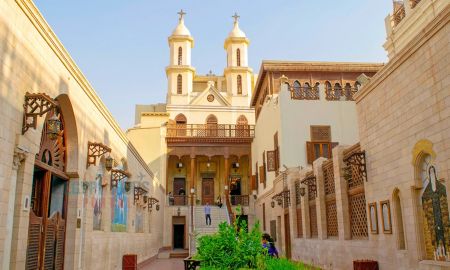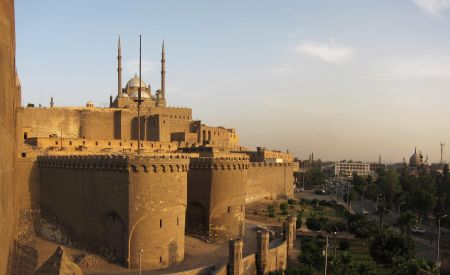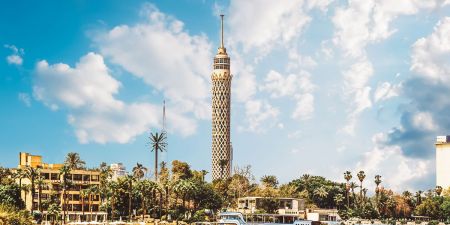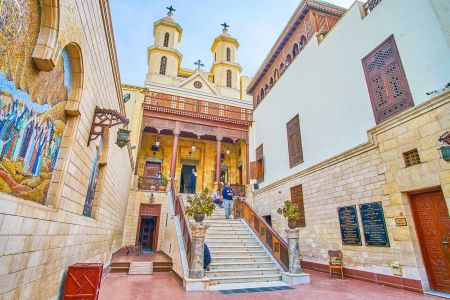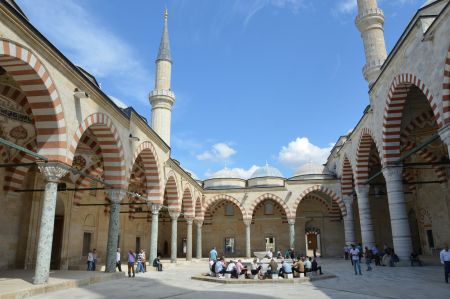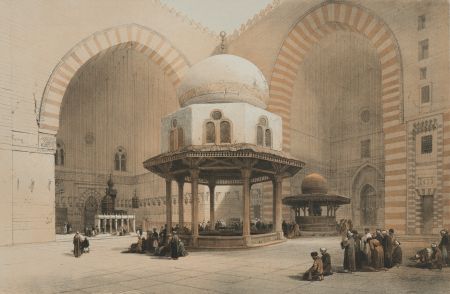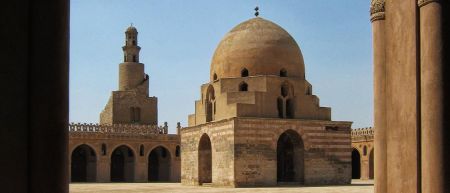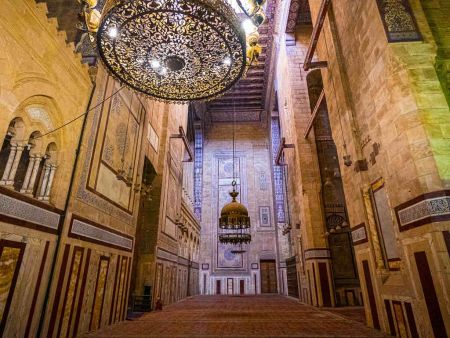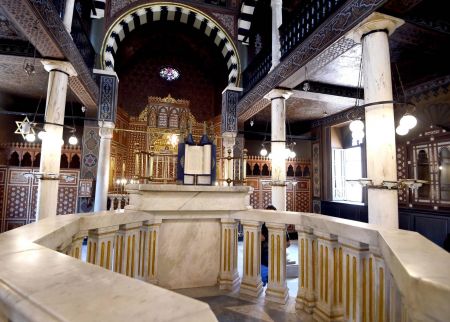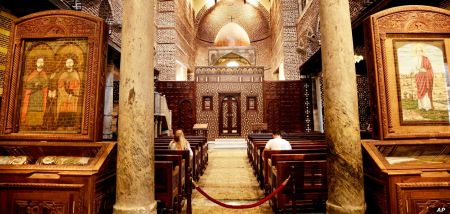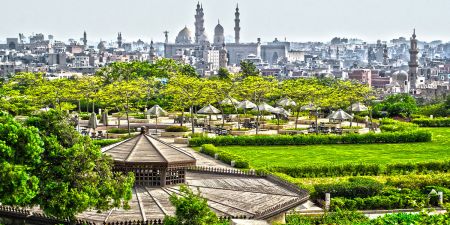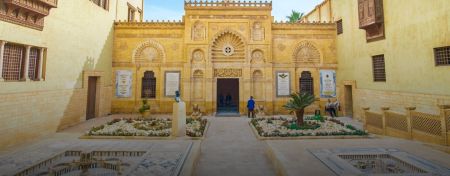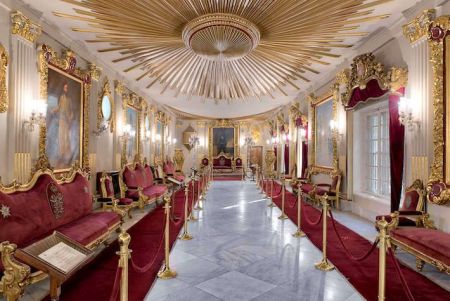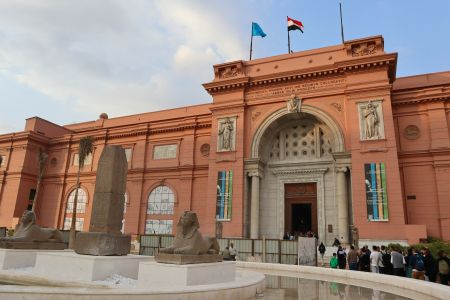Baron Empain Palace: A Belgian Marvel in the Heart of Heliopolis, Cairo
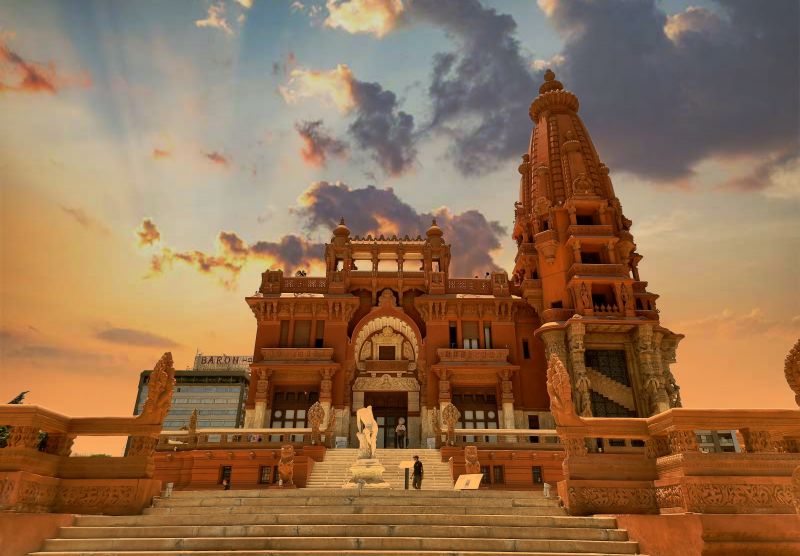
Rising from the sands of Heliopolis like something out of a fantasy novel, the Baron Empain Palace is one of Cairo’s most enigmatic and visually arresting landmarks. Inspired by Hindu temples and designed with European luxury in mind, this Indo-European masterpiece defies conventional Egyptian architecture. Built between 1907 and 1911 by the Belgian industrialist Édouard Louis Joseph Empain, the palace was intended to symbolize innovation, opulence, and a futuristic vision of what Heliopolis could become—a city of light, elegance, and global influence.
Unlike the ancient pyramids or Islamic mosques scattered across Cairo, the Baron Empain Palace is rooted in early 20th-century ambition and mystique. Its architecture is steeped in exotic symbolism, and its history is riddled with ghost stories, urban legends, and tales of hidden tunnels. After decades of neglect, the Egyptian government restored the palace and opened it to the public in 2020, transforming it into a museum that celebrates the foundation of Heliopolis and the eclectic legacy of Baron Empain himself.
The Origins of the Baron Empain Palace
Who Was Baron Empain?
Édouard Empain was a Belgian engineer, industrialist, and visionary who made his fortune building railways around the world. He founded the Heliopolis Company to develop a luxurious suburb northeast of Cairo—a green, spacious, and modern oasis away from the city’s congestion. At the heart of this utopian project, he built his own residence, now known as the Baron Empain Palace.
Architectural Fusion of East and West
The palace was designed by French architect Alexandre Marcel and decorated by Georges-Louis Claude. Its architectural style was inspired by the Hindu temples of Angkor Wat in Cambodia and the temples of Orissa in India. The unique design stands out in Cairo, with motifs featuring dragons, statues, sunbursts, and elaborate floral carvings.
Construction and Materials
Built entirely from reinforced concrete—a rare material for the time—the palace showcased advanced engineering methods. Its rotating tower, which allegedly provided 360-degree views of the surrounding desert, was a technical marvel that enhanced its mystique. Imported materials from Europe and Asia were used, reflecting Empain’s international taste and wealth.
Design and Interior Features of the Palace
Exterior Grandeur and Sculptural Detail
The palace’s façade is packed with symbolism. Statues of mythological creatures, Indian gods, and lotus flowers merge to create a dreamlike experience. The reddish sandstone color enhances the mystical vibe, especially at sunset, when the shadows exaggerate the contours and carvings.
Interior Layout and Hidden Rooms
The palace features a basement, ground floor, two upper stories, and a rooftop. Inside, there are spacious halls, high ceilings, elaborate wooden panels, stained glass windows, and hidden spiral staircases. Though most of the furniture was lost over the decades, remnants of chandeliers and marble columns hint at its once-lavish interior.
The Tower Room and Rotating Platform
Perhaps the most intriguing part of the structure is the cylindrical tower, which was designed to rotate slowly using an electric motor. Though it no longer functions, the concept was to allow the Baron to enjoy the view of his new city from every angle without leaving his chair.
Make every moment count with our expertly guided Cairo Day Tours. From ancient wonders to hidden gems,
discover the best of Cairo in just one day. Reserve today!
Restoration and Rebirth of the Palace
Years of Neglect and Decay
After Baron Empain’s death in 1929, the palace passed through multiple hands, eventually falling into disrepair. By the late 20th century, it was abandoned and closed to the public. Broken windows, crumbling walls, and overgrown gardens gave it an air of desolation, fueling ghost stories and legends about hauntings and curses.
Government Restoration and Reopening
In 2020, after extensive restoration funded by the Egyptian Ministry of Antiquities, the palace was reopened as a museum. The restoration focused on preserving the architectural details while making the palace safe for visitors. The project won widespread acclaim and rekindled public interest in Heliopolis’s architectural heritage.
Museum Exhibits and Cultural Events
Today, the palace features exhibitions about the history of Heliopolis, Baron Empain’s life, and the evolution of early 20th-century Cairo. Multimedia displays, historical photographs, and scale models tell the story of one of Egypt’s most ambitious urban planning projects.
Urban Legends and Paranormal Mysteries
The Haunted Palace of Heliopolis
Locals have long whispered about ghost sightings, unexplained noises, and eerie lights coming from the palace when it was abandoned. Some believe the Baron practiced occult rituals, while others think the death of his wife or daughter sparked the hauntings. Though unproven, these legends are deeply ingrained in Cairo’s urban folklore.
Tunnels and Secret Passages
Rumors persist about underground tunnels linking the palace to the Basilica of Notre Dame or other secret parts of Heliopolis. While some tunnels were found during restoration, they were ventilation shafts and service paths rather than hidden corridors of intrigue.
Visiting the Baron Empain Palace – What to Expect
Location and Ticket Info
The palace is located on Al Orouba Street in Heliopolis, just a short drive from Cairo International Airport and downtown. Entry tickets are reasonably priced, with reduced rates for Egyptian nationals and students. The best time to visit is in the morning or just before sunset for ideal lighting and fewer crowds.
Guided Tours and Photography
Guided tours are available in Arabic and English, offering in-depth insights into the architecture and history. Photography is allowed (without flash), and the palace is especially popular among fashion photographers, influencers, and filmmakers.
Accessibility and Nearby Attractions
The site is wheelchair accessible, and restrooms are available. After visiting, you can explore other nearby Heliopolis landmarks like the Basilica of Notre Dame, Korba’s colonial-style buildings, and various art deco mansions scattered across the area.
No trip to Cairo is complete without a stroll through Khan al-Khalili. Enjoy the sights, sounds, and scents of Egypt’s most famous marketplace. Plan your visit now!
Why the Baron Empain Palace Matters Today
The palace is more than a relic—it’s a symbol of Egypt’s openness to global influence and architectural experimentation. It captures a moment in history when Cairo was a cosmopolitan dreamland for visionaries and developers. The building is now a cherished part of Egyptian heritage, attracting artists, historians, and curious travelers alike.
As the centerpiece of Heliopolis, Baron Empain Palace represents ambition, cross-cultural artistry, and a deep fascination with the exotic. Its restoration marked a cultural renaissance, transforming a crumbling mansion into a thriving tourist destination and educational site.
Frequently Asked Questions About Baron Empain Palace
Who was Baron Empain and why did he build the palace?
Baron Empain was a Belgian industrialist who founded the Heliopolis district. He built the palace as his residence and a symbol of his futuristic vision for a modern Egyptian suburb.
What is the architectural style of the palace?
The palace is inspired by Hindu temples and features a mix of Indo-Saracenic and European Gothic elements. It’s one of the few buildings of its kind in Egypt.
Is the Baron Empain Palace haunted?
There are many local legends about ghosts and mysterious events, especially during the years it was abandoned. However, these stories remain part of urban myth rather than documented history.
What can I see inside the palace today?
Visitors can explore restored rooms, historical exhibitions about Heliopolis, multimedia installations, and take in panoramic views from the tower level.
How do I get to Baron Empain Palace from central Cairo?
You can reach the palace by car, taxi, or metro (Heliopolis Station). It’s roughly a 20–30 minute drive from downtown Cairo, depending on traffic.


